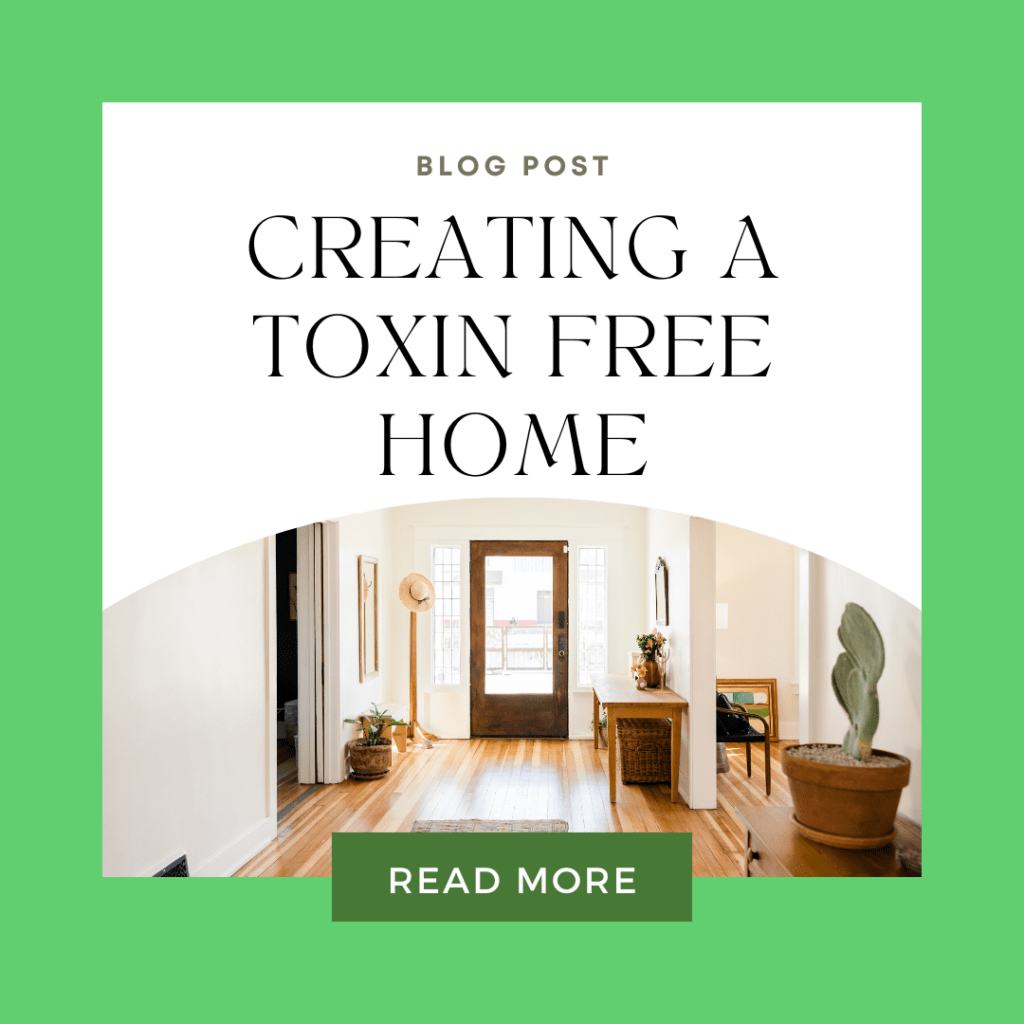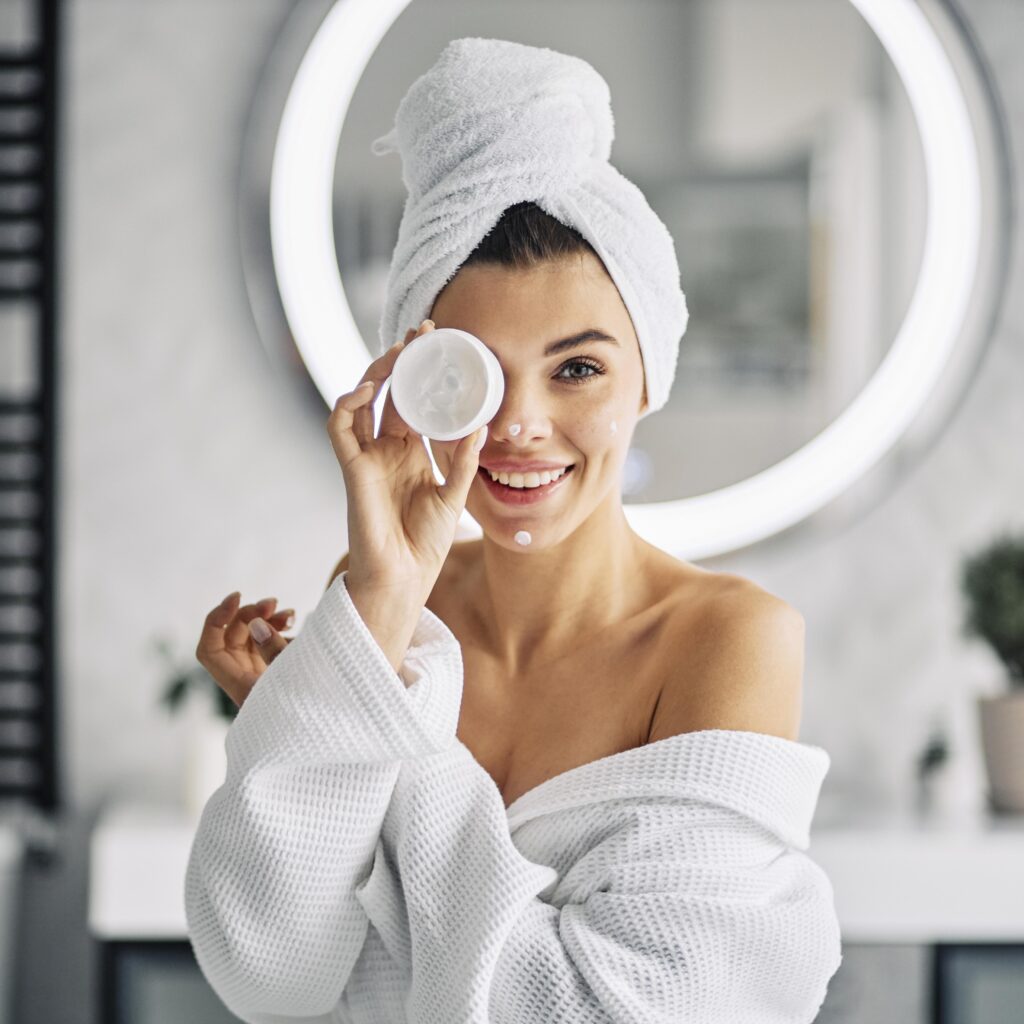Your home should be a sanctuary—a place of comfort, relaxation, and rejuvenation. However, what many people don’t realize is that our living spaces can harbor a multitude of toxins that can negatively impact our health and well-being. From furniture and flooring to household cleaners and indoor air quality, there are numerous sources of toxins lurking in our homes. In this article, we’ll explore how you can transform your living space into a toxin-free home, promoting optimal health and vitality for you and your family.
Guidance on Creating a Toxin-Free Home
Furniture:
Choose furniture made from natural, sustainable materials, such as solid wood, bamboo, or metal. Avoid furniture made with synthetic materials like particleboard, which can off-gas harmful chemicals like formaldehyde. Look for certifications such as FSC (Forest Stewardship Council) or GREENGUARD to ensure your furniture meets strict standards for safety and sustainability.
Flooring:
Opt for non-toxic flooring options, such as hardwood, cork, bamboo, or natural stone. Avoid carpeting, which can trap dust, dirt, and allergens, and may off-gas volatile organic compounds (VOCs) from adhesives and dyes. If you prefer carpeting, choose carpets made from natural fibers like wool and install them with low-VOC adhesives.
Household Cleaners:
Swap out toxic cleaning products for natural alternatives made from simple, non-toxic ingredients like vinegar, baking soda, castile soap, lemon juice, and essential oils. DIY cleaning recipes are easy to make, effective at cleaning, and free from harmful chemicals. For example, mix equal parts vinegar and water for an all-purpose cleaner, or sprinkle baking soda on surfaces for a gentle abrasive cleaner.
DIY Toxin-Free Home Cleaning Recipes and Natural Alternatives
All-Purpose Cleaner:
Two great options for this are to:
- Combine equal parts water and white vinegar in a spray bottle. Add a few drops of your favorite essential oil, such as lemon or tea tree, for a pleasant scent and added cleaning power. Use this solution to clean countertops, sinks, and other surfaces throughout your home.
- Add a quarter cup of soap and 32 ounces of water into a spray bottle. Shake well before use. You can also add 20-30 drops of tea tree or lemon essential oil to this for added benefit.
Window and Glass Cleaner:
Another simple DIY is to either:
- Mix equal parts water and rubbing alcohol in a spray bottle. Add a splash of white vinegar and a few drops of essential oil for fragrance. Use this solution to clean windows, mirrors, and glass surfaces for a streak-free shine.
- Add one tablespoon of soap and 32 ounces of water to a spray bottle. Clean the windows with this solution. Then, follow up with half vinegar and half water solution to wipe any suds away
Toilet Bowl Cleaner:
To keep your toilet bowl clean, you can dilute soap 1:4 with water in a spray bottle. Then, add about 20-30 drops of tea tree essential oil to the bottle. Spray the toilet bowl, sprinkle it with baking soda, and scrub the bowl. Then, let this sit for about 10 minutes before flushing.
Floor Cleaner:
To tackle the floors, simply add two and a half tablespoons of soap to one gallon of water. You may also add tea tree or lemon essential oil for added benefit. Mix the bucket of water well and begin mopping your home. This can be used on all hardwood or tile floors.
Improving Indoor Air Quality and Reducing Environmental Toxins
Use an Air Purifier:
Invest in a high-quality air purifier with a HEPA filter to remove airborne pollutants like dust, pollen, pet dander, and VOCs from the air in your home. Place the air purifier in commonly used areas, such as the living room or bedroom, to maximize its effectiveness.
Ventilate Your Home:
Open windows and doors regularly to allow fresh air to circulate throughout your home and flush out indoor pollutants. Use exhaust fans in kitchens and bathrooms to remove moisture and prevent mold growth.
Choose Low-VOC Paints and Finishes:
When painting or refinishing walls, choose low-VOC or zero-VOC paints and finishes to minimize exposure to harmful chemicals. Look for paints labeled as “low odor” or “green” to ensure they meet stringent emissions standards.
Transforming your living space into a toxin-free home is not only beneficial for your health and well-being but also for the environment. By reducing toxins in your home environment, using natural cleaning alternatives, and improving indoor air quality, you can create a safe and healthy haven for you and your family to enjoy. Incorporate these tips and strategies into your daily routine, and watch as your home becomes a sanctuary of health, vitality, and peace of mind



